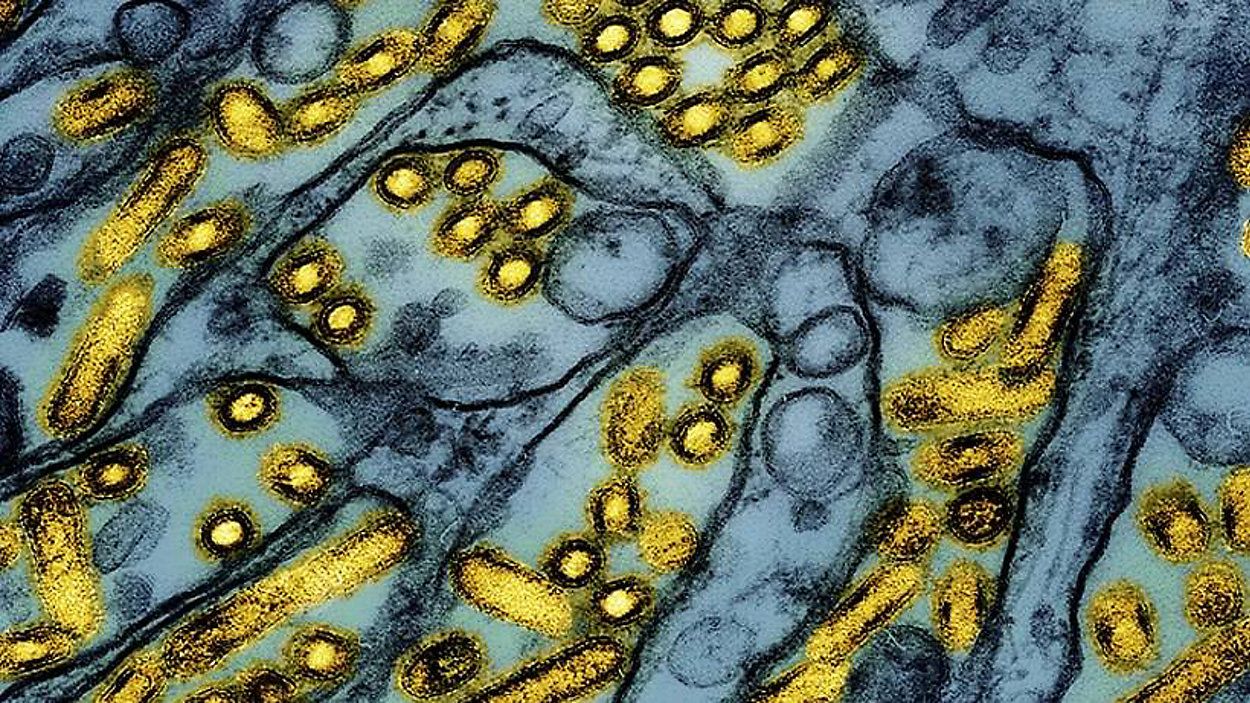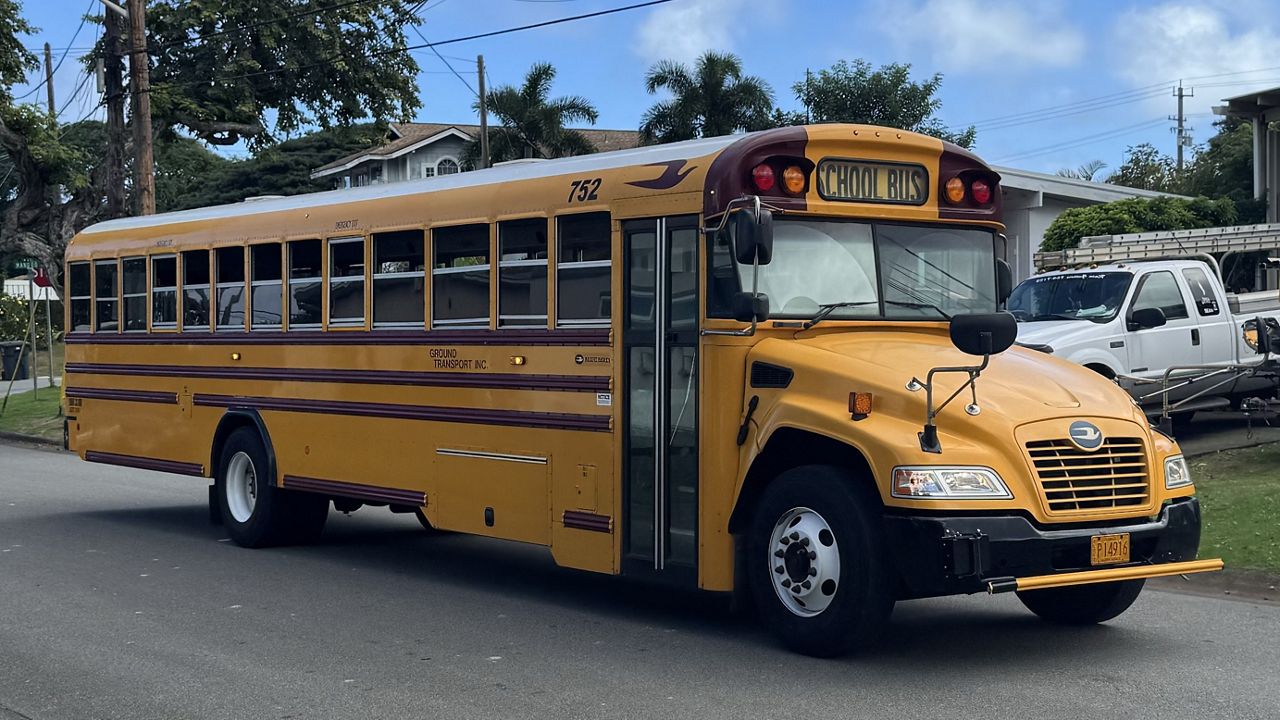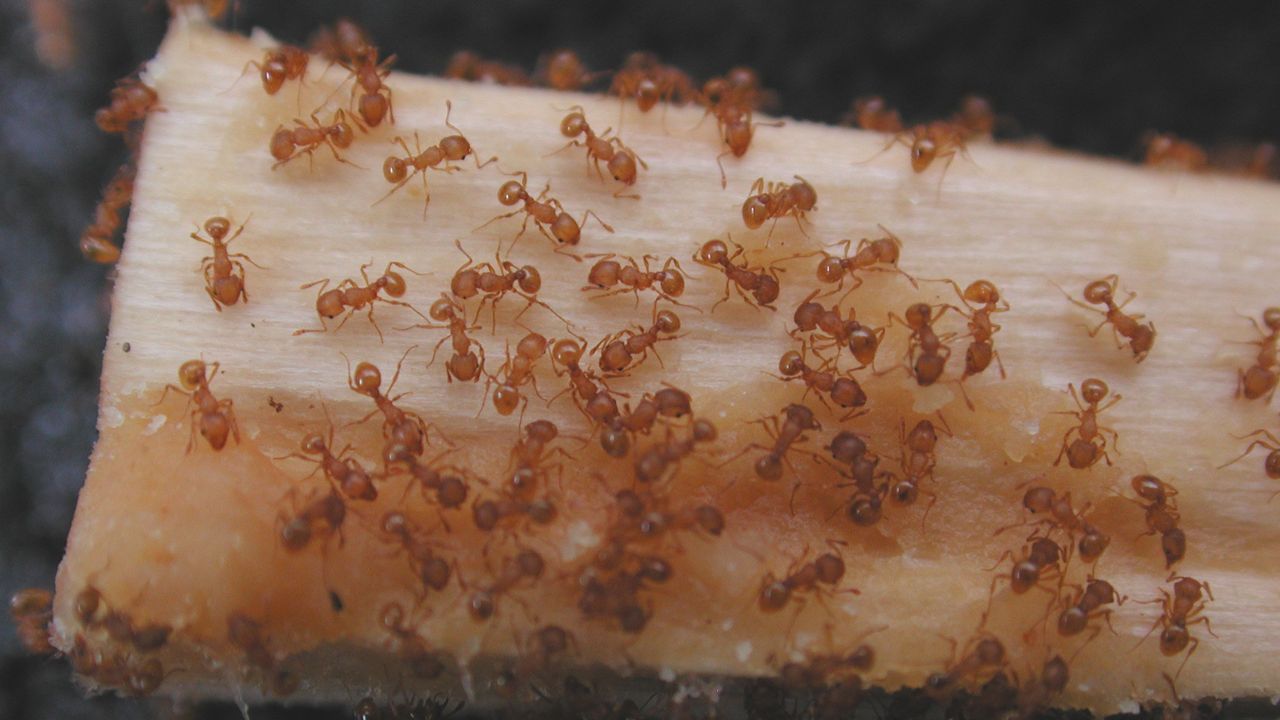Highly pathogenic avian influenza was confirmed in a wild duck on Oahu’s North Shore, the second time the disease has been detected in the state.
The hybrid duck (part mallard) was among 10 wild birds from the North Shore whose samples were collected and tested by the U.S. Department of Agriculture Animal and Plant Health Inspection Service, Wildlife Services.
Health and agriculture officials have been on high alert for the disease since H5 avian influenza was first detected in a sample collected at the Wahiawa Wastewater Treatment Center early this month.
Subsequent investigation led to the detection of HPAI, also known as H5N1, at a bird sanctuary in Wahiawa, leading to the culling of 70 birds and full sanitization of the property.
Hawaii was the last state to detect HPAI. The most plausible route of introduction of the virus is through the Pacific flyway, which is a migratory path that includes Hawaii, according to the Hawaii Department of Agriculture. The two detections have been identified as the Eurasian strain of HPAI, which is associated with migratory birds.
“This detection of HPAI is an indication that the virus may be spread on Oahu via the wild bird population,” said State Veterinarian, Isaac Maeda, DVM. “Poultry, backyard and pet bird owners are, once again, urged to keep their birds from contact with wild birds. Feeding wild birds is also discouraged to keep birds from gathering and possibly increasing transmission of the disease.”
“This detection of HPAI is an indication that the virus may be spread on Oahu via the wild bird population,” said state veterinarian Isaac Maeda. “Poultry, backyard and pet bird owners are, once again, urged to keep their birds from contact with wild birds. Feeding wild birds is also discouraged to keep birds from gathering and possibly increasing transmission of the disease.”
Some of the symptoms of avian influenza in poultry and birds include:
- Sudden death with no prior symptoms of illness
- Lack of energy and appetite
- A drop in egg production or soft-shelled, misshapen eggs
- Swelling of the eyelids, comb, wattles and shanks
- Purple discoloration of the wattles, comb and legs
- Gasping for air (difficulty breathing)
- Nasal discharge, coughing, sneezing
- Twisting of the head and neck (torticollis)
- Stumbling or falling down
- Diarrhea
The public is advised to not touch dead birds without appropriate personal protective gear, such as disposable gloves. Hands should be thoroughly washed afterward.
Residents may report sick or dead birds, especially when multiple birds of different species are found. Poultry and bird owners in Hawaii who notice high mortality in their poultry or birds should contact their veterinarians and HDOA’s Division of Animal Industry at 808-483-7102 or 808-837-8092 (after hours).
Information for poultry and bird owners on how to increase biosecurity for their flocks may be found at: https://hdoa.hawaii.gov/ai/ldc/adconcerns/aiinfo/biosec/
Wild birds that carry avian influenza include waterbirds, like ducks, geese, swans, and shorebirds. Bird flu viruses can easily spread from wild birds to poultry. Some wild birds can carry bird flu viruses without appearing sick, but poultry, like chickens and turkeys, can get very sick and die from some bird flu viruses.
Backyard poultry, ducks, and other birds can get avian influenza if they have contact with infected wild birds or share food, sources of water, and environments with them.
According to the Centers for Disease Control and Prevention (CDC), most common songbirds or other birds found in the yard, like cardinals, sparrows or pigeons, rarely carry bird flu viruses that are dangerous to poultry or people. There is no treatment for HPAI. The only way to stop the disease among poultry operations is to depopulate all affected and exposed birds.
Wild bird surveillance continues with multiple agencies, including USDA-APHIS-WS, the U.S. Fish and Wildlife Service and Department of Land and Natural Resources.
Michael Tsai covers local and state politics for Spectrum News Hawaii. He can be reached at michael.tsai@charter.com.










